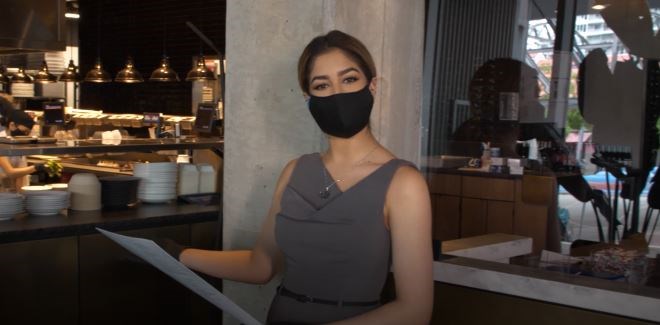You’ve probably heard about contact tracing and how vital it is to helping stop the spread of COVID-19.
I’ve included more information below from the BC Centre for Disease Control, but wanted to share some feedback from the Burnaby restaurant and pub owners and servers I’ve interviewed during the past few weeks.
When restaurants reopened in the summer, many did not pay much attention to the BCCDC guidelines about getting contact information from diners.
For weeks, even months, many restaurants didn’t ask me for my name and number.
Most have now caught up to the guidelines and are doing it, which is awesome. I gladly give my name and number because I understand that it’s important.
But not everyone feels that way. Some diners get downright angry at being asked for this basic information, with a few even storming off when the restaurant won’t give in and let them eat without listing their deets.
“One guy raised his voice and said it was ‘surveillance,’” one server told me. “That seems a bit much.”
A bit much indeed.
And from what I can tell, it’s also misplaced because if a restaurant has a worker who tests positive, that business can contact people on the list to let them know.
This contact tracing, and restaurants’ role in it, is vital.
“Contact tracing is an important tool to help diagnose people who may have COVID-19 sooner and prevent the virus from spreading in your community,” says the BCCDC. “If you are a contact of a confirmed case, a member of the public health team will contact you to let you know you may have been exposed. If you have symptoms, you will be sent for testing. If you do not have symptoms, you will be asked to self-isolate so that if you develop COVID-19, you won’t spread it to others in the community.”
Here’s how the BCCDC describes the process:
- When a person tests positive for COVID-19, they become a “case”.
- A public health nurse interviews the case to identify people they’ve spent time with. These people are “contacts.”
- Public health gets in touch with the contacts and asks them about symptoms of COVID-19.
- Not every contact needs to be identified: only those who could have been exposed to the case’s respiratory droplets from coughing, sneezing or speaking.
- Public health maintains the case’s privacy. A case can choose to tell others about their diagnosis but should not do their own contact tracing.
- Contacts with symptoms are sent for testing.
- If they test positive, they become a ‘case’ and the process repeats.
- Contacts with no symptoms are asked to self-isolate and monitor for symptoms for 14 days after their last contact with the case.
- Contact tracing helps people get diagnosed earlier and reduces the chance of spreading the virus.
Restaurants collecting this information is part of the process in helping the BCCDC do its job.
Let me repeat: It’s not a conspiracy and it’s not surveillance. You’re not “sheeple” if you give out your information.
It’s about stopping this wave of COVID-19.
Follow Chris Campbell on Twitter @shinebox44.



